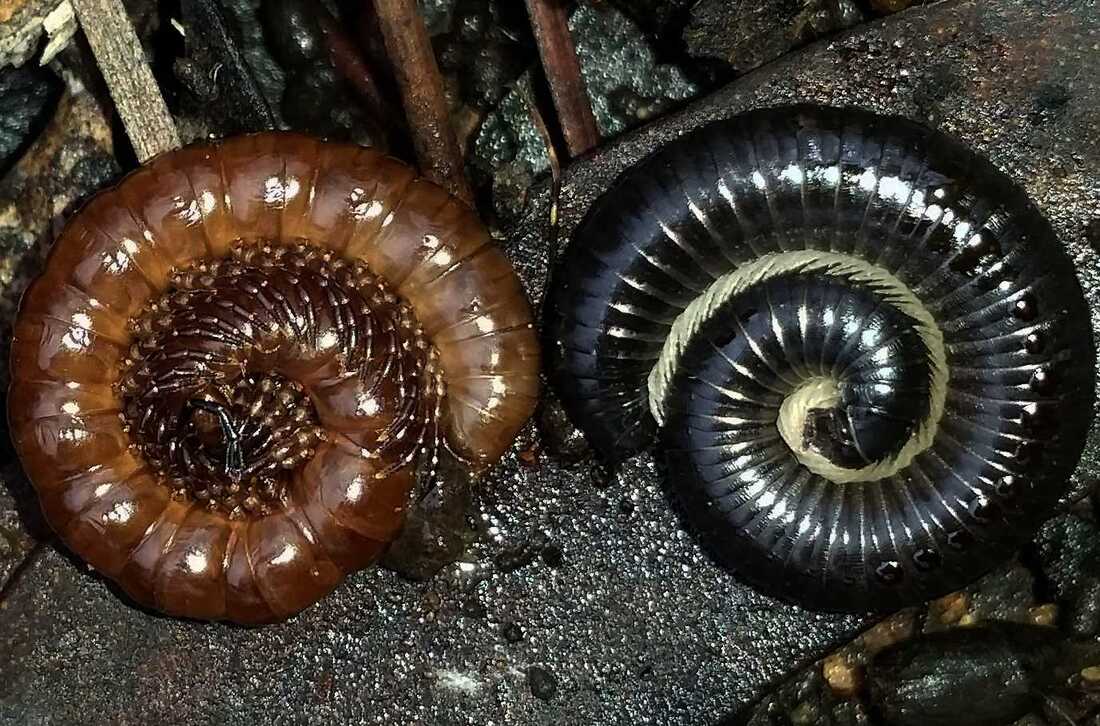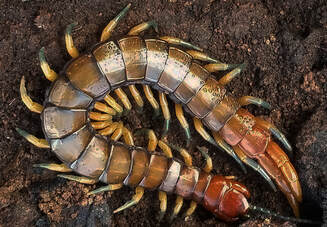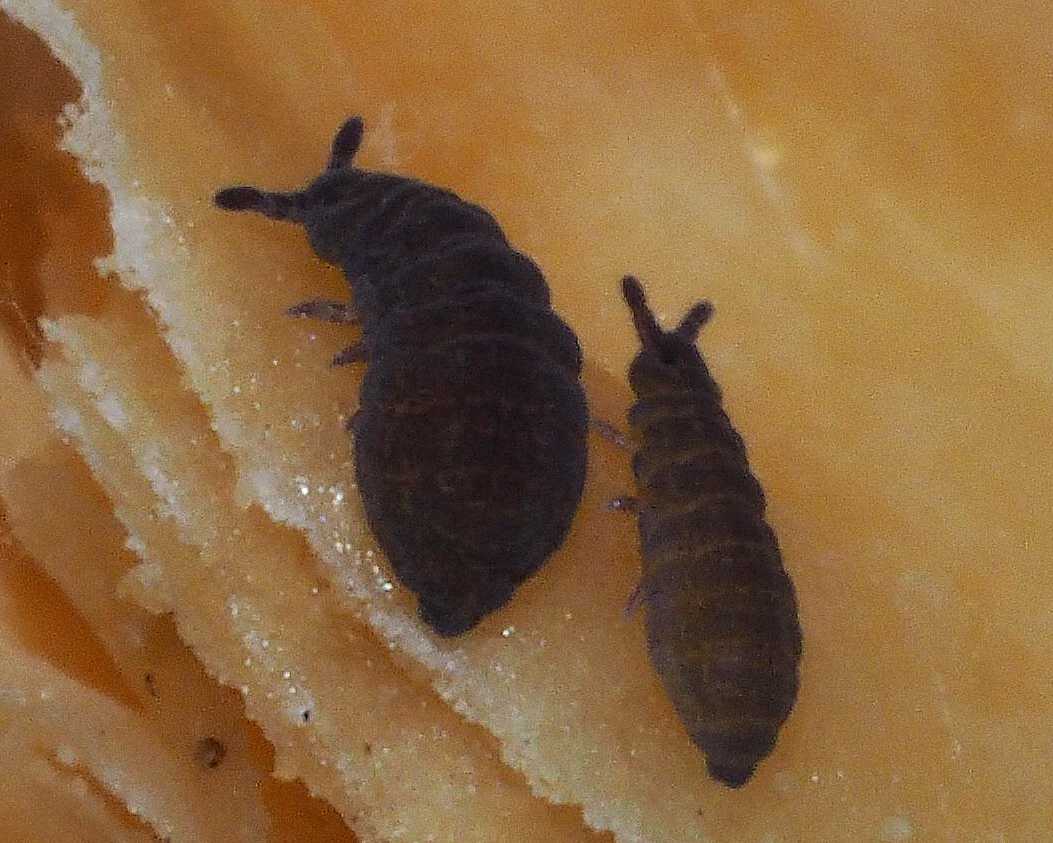After the first major rain of the season, I noticed lots of tiny creatures called entognathans, which had floated out of ground litter into puddles. On discovering that they were of ancient origin, I embarked on a fascinating journey to identify our oldest land animals. This is my interpretation.
Evolution is unrelenting. About 500 million years ago Australia was a part of the Gondwana supercontinent, an apparently bare mass of rock and soil above a teeming mass of algae and animals in the water.
About 470 million years ago relatives of today’s mosses and fungi colonised moist parts of the land, and within 30 million years great forests of ferns and other early plants like horsetails had arrived.
Amazingly, a huge fungus called Prototaxites towered above the earliest plants. Lichens with small to large trunk-like structures up to 1 metre (3 ft) wide, reached 8 metres (26 ft) in height. Huge amounts of dead plants and (fungi?) was material for earliest coal deposits and provided another food source for any animal that could live above water. Crustaceans evolved into groups that filled this gap.
 Doug's pill bugs
Doug's pill bugs Earliest animals were probably wood lice, millipedes, and ancient spiders. I haven’t seen any woodlice in Foxes lair but the introduced pill bug runs rampant in my garden, where they eat plant residues and chew potting mix and roots in pots.
The first spider that may have evolved to eat the wood lice and millipedes was an interesting beast, which didn’t spin silk and resembled a giant tick. Visitor numbers to Foxes Lair would plummet if they were still here!
 Doug's silverfish
Doug's silverfish About 395 million years ago silverfish and entognathans appeared. Next time a silverfish runs out of a book that you are reading, resist the squashing urge and marvel at its resilience. They are amazingly adapted to eat and survive in dry organic matter. The silver sheen is actually a wax to prevent water loss, and they can absorb water from relatively dry air through their anus!
In the bush I see them occasionally under dead bark on trees.
 Entognathans trapped in slime on a fungus cap
Entognathans trapped in slime on a fungus cap As ancient fern forests were replaced by towering gymnosperms (pines), more animals evolved.
Along came the first vertebrate amphibians (today’s frogs and salamanders) to eat the arthropods and dragonflies, which grew to sixty centimetres. That is another story.




